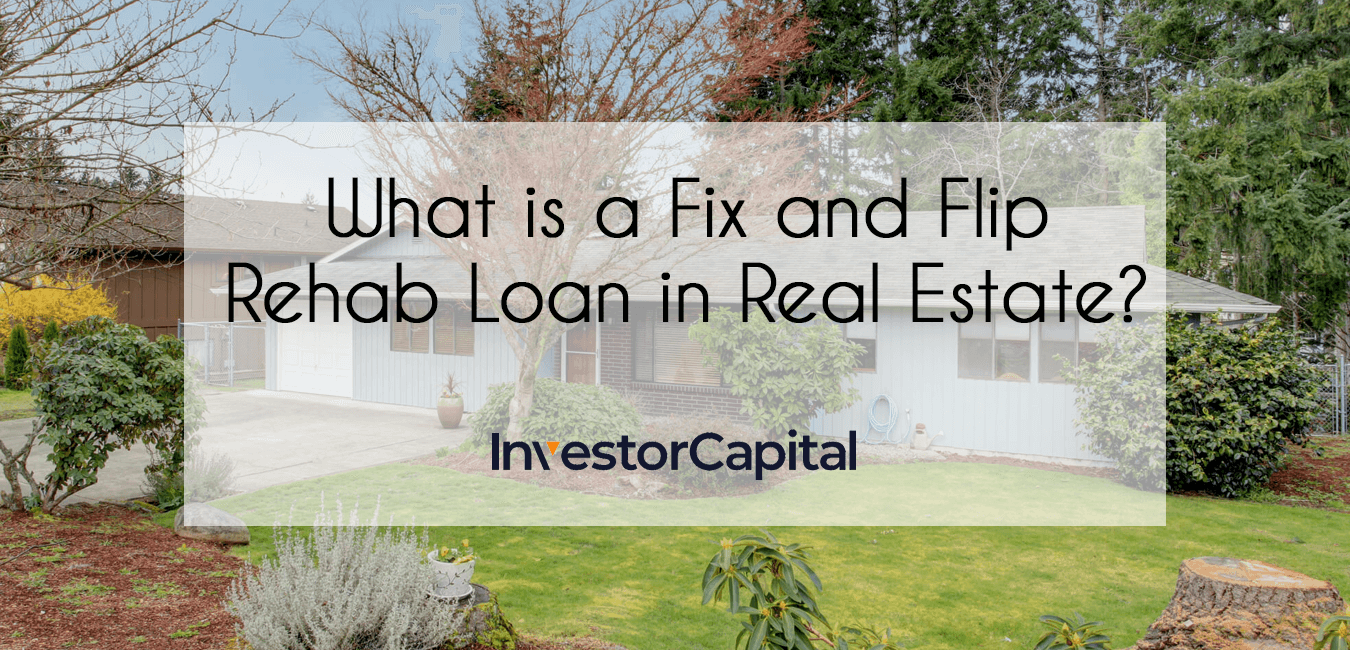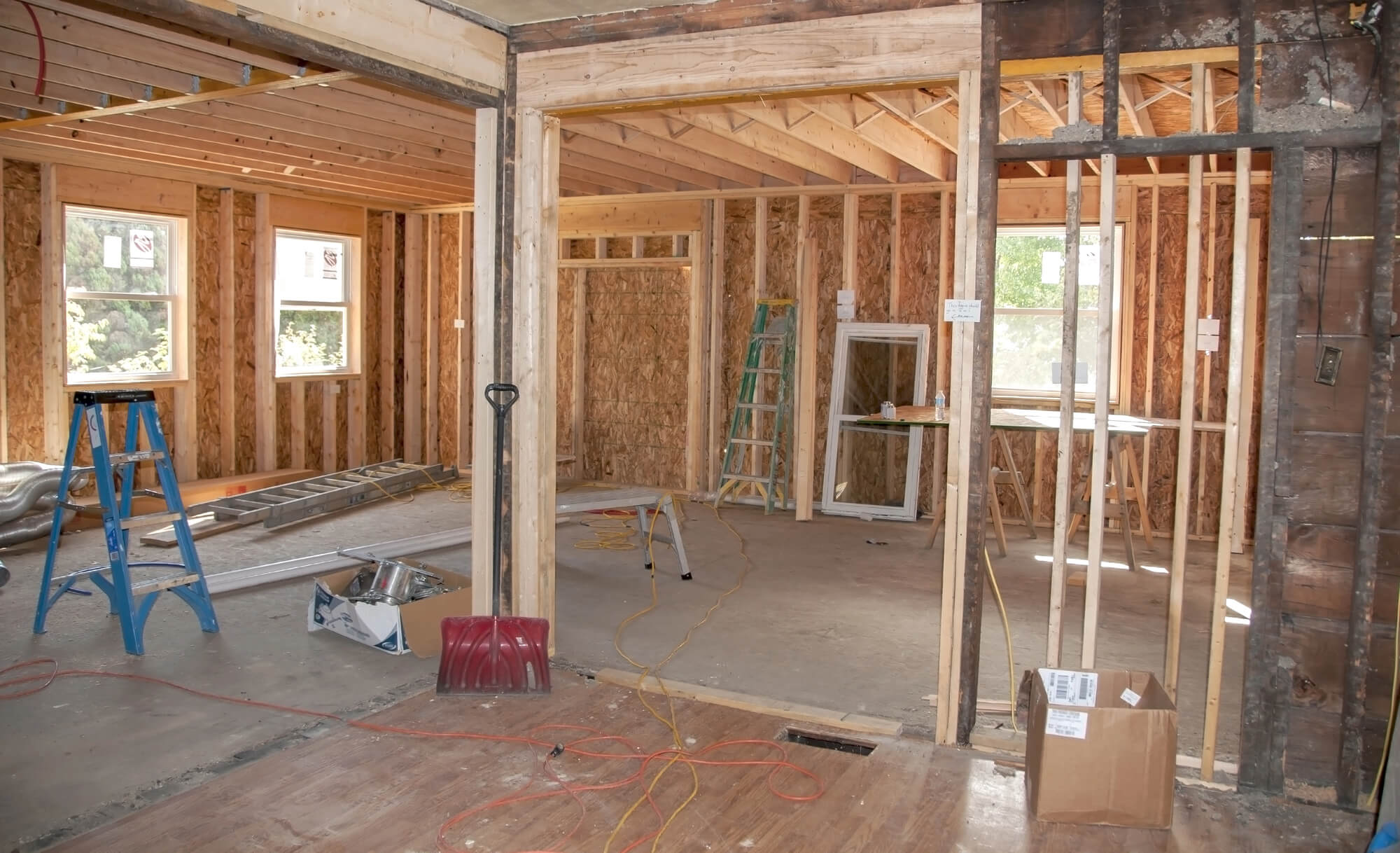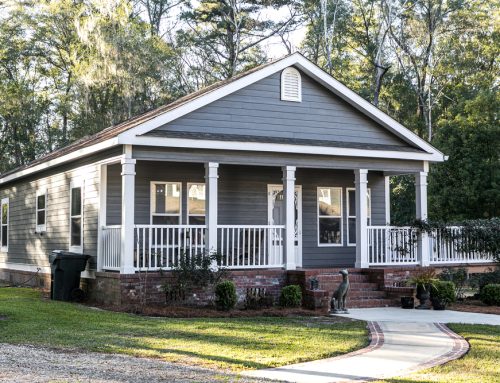With TV shows like Property Brothers making home flipping even more popular, more people than ever are looking at flipping real estate as an investment opportunity. One financing option that has gained traction in recent years is the fix-and-flip rehab loan. This article will provide a complete overview of what fix-and-flip rehab loans are, how they work, and what to consider when choosing one.
What is a Fix and Flip Rehab Loan?
A fix-and-flip rehab loan is a financing option for investors looking to purchase a property to renovate and resell it for a profit. Unlike mortgages, these loans are designed to cover both the acquisition cost of the property and the associated rehabilitation expenses.
These loans tend to have higher interest rates and short repayment terms that range from just six months to a few years. This type of strategic financing allows investors to quickly purchase a property, complete renovations and put it back on the market for sale.
When to Use a Fix and Flip Rehab Loan
This type of loan is typically used to purchase a property that needs significant work. It’s beneficial for investors who have limited cash on hand but want to take advantage of an investment opportunity. The loans are ideal for borrowers looking to complete the entire process of purchasing, renovating, and selling within 12 months.
What to Look for in a Fix and Flip Rehab Loan
Understanding the key components of a fix-and-flip rehab loan can help you choose the best option for your project. Here are some important factors to consider when browsing for a loan:
- Interest Rates: Assess the rates offered and ensure they are competitive.
- Loan-to-Value Ratio (LTV): Look for lenders who offer a higher LTV ratio that can provide you with more upfront cash for renovations.
- Repayment Terms: Consider flexibility in repayment terms and the feasibility of completing your project within that timeframe.
- Fees and Closing Costs: Be aware of any hidden fees or costs associated with the loan that could affect your overall profitability.
- Speed of Funding: Evaluate how quickly the lender can provide the funds.
- Experience of the Lender: Research the lender’s experience with fix-and-flip loans, as this can impact your loan process and support throughout the project.
- Renovation Budget Availability: Ensure the loan covers the purchase and provides enough funds for the necessary renovations.
Pros and Cons of a Fix and Flip Rehab Loan
When considering a fix-and-flip rehab loan, it’s important to weigh the advantages and disadvantages these loans offer. Consider the following:
Pros
- Fast Access to Capital: These loans provide quicker access to funds than other types of loans and traditional mortgages.
- Higher Loan-to-Value Ratios: Many lenders offer competitive LTV ratios, enabling investors to secure a larger amount of financing based on the property’s current value and potential after-repair value.
- Focus on Renovations: These loans are specifically designed to cover both the purchase and renovation costs.
- Potential for High Returns: With successful execution, fix-and-flip projects can lead to substantial profit.
Cons
- Short Repayment Term: The typical repayment period for these loans is relatively short, usually around 12 months, which can pressure borrowers to complete renovations and sales quickly.
- Higher Interest Rates: Due to the risk associated with these loans, interest rates will likely be higher.
- Stringent Qualification Criteria: Lenders may have strict qualifications, which could limit borrowing options for less experienced investors or those with weaker credit histories.
- Market Risk: Flipping properties is inherently risky and subject to market fluctuations. Investors may face financial losses if the property doesn’t sell quickly or at the expected price.
Key Takeaways
A fix-and-flip rehab loan can be a great tool for real estate investors looking to capitalize on undervalued properties. While these loans offer speedy access to funding and increased loan-to-value ratios, they also come with challenges, such as higher interest rates and a tight repayment schedule.
As a borrower, it’s important to carefully consider the pros and cons before committing to a fix-and-flip rehab loan and have a solid plan in place for executing a successful project. However, with proper planning, these loans can provide investors with potentially high returns on their investment.




